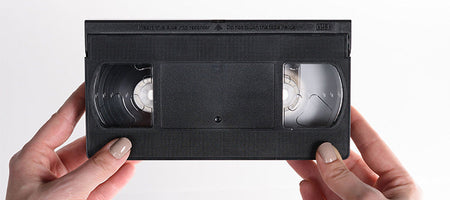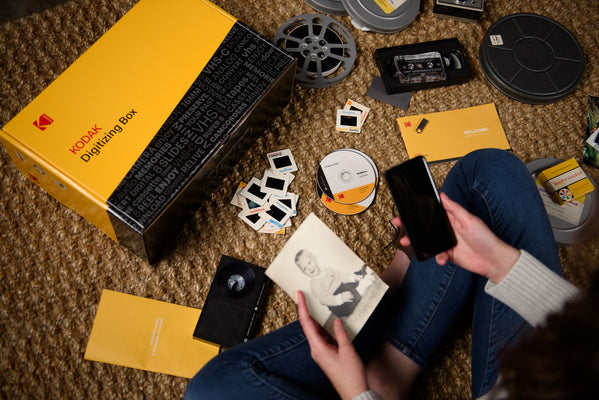On August 18, 2006, the push for high definition (HD) came to a head with the release of the Sony BDP-S1, the first Blu-ray player to hit the market. For the first time, people could watch their favorite films in stunning HD … if they wanted to pay the $999.95 price tag.
(Blu-ray player in 2006 adjusted for inflation today: $1,371.97)
Looking back, that’s a lot of money for something that we can now stream at our heart’s desire via Netflix, Hulu, Tubi and the like. But the technology was fresh back in the mid-2000s, and the cost reflected it.
If we rewind time to nearly a decade earlier, another innovative home theater device was introduced at a high price tag. That’s right, the DVD player made its debut in the U.S. in March 1997 selling nearly 350,000 units by the end of the year. Similar to its Blu-ray successor, the DVD player retailed right around the $1,000 price point, which is quite the gap of the sub $50 players you could buy back in the late 2000s.
(DVD player in 1997 adjusted for inflation today: $1,723.30)
However, if you thought the DVD player or the Blu-ray player were only for those with deep pockets, neither one of them compare to the VCR which hit store shelves in 1977 and cost anywhere between $1,000-1,400. Luckily, by the 1980s, the demand and technology had reached a better accord and you could find a quality player for around $200-400. That’s still nothing to scoff at, but the VHS was such a marvel for the time that people were willing to shell out the money. After all, it’s not like there were other alternatives.
(VCR player in 1987 adjusted for inflation today: $2,434.76)
But, if you really wanted to sign a hefty portion of your kid’s college tuition away, then you were one of the few (and unfortunate in hindsight) owners of the Sony Betamax player that came out in 1975 at a ridiculous price of $2295 for high end models and just under $2000 for base models. What was expected to be the new and future vision of the home theater industry quickly fizzled out upon the more favorable (and somehow cheaper) release of the VHS just under two years later. While the Betamax tape had the technological edge, the VHS was cost friendlier and had a growing library of third-party production support.
(Betamax player in 1985 adjusted for inflation today: $5,141.06)
So, what’s the lesson learned about the ghosts of home theater past? Simple. New technology costs money, especially when the demand is higher than the ability to produce it. We’re all guilty of complaining about the costs of a new laptop or iPhone, but if you really think about it, those devices can do so much more than just play movies. Imagine having to spend $1,000 today just to watch out the latest #1 movie on Netflix. Well, actually it would be more like $2,434 if you filter in inflation. Yikes. It’s amazing just how far the film industry has come.













